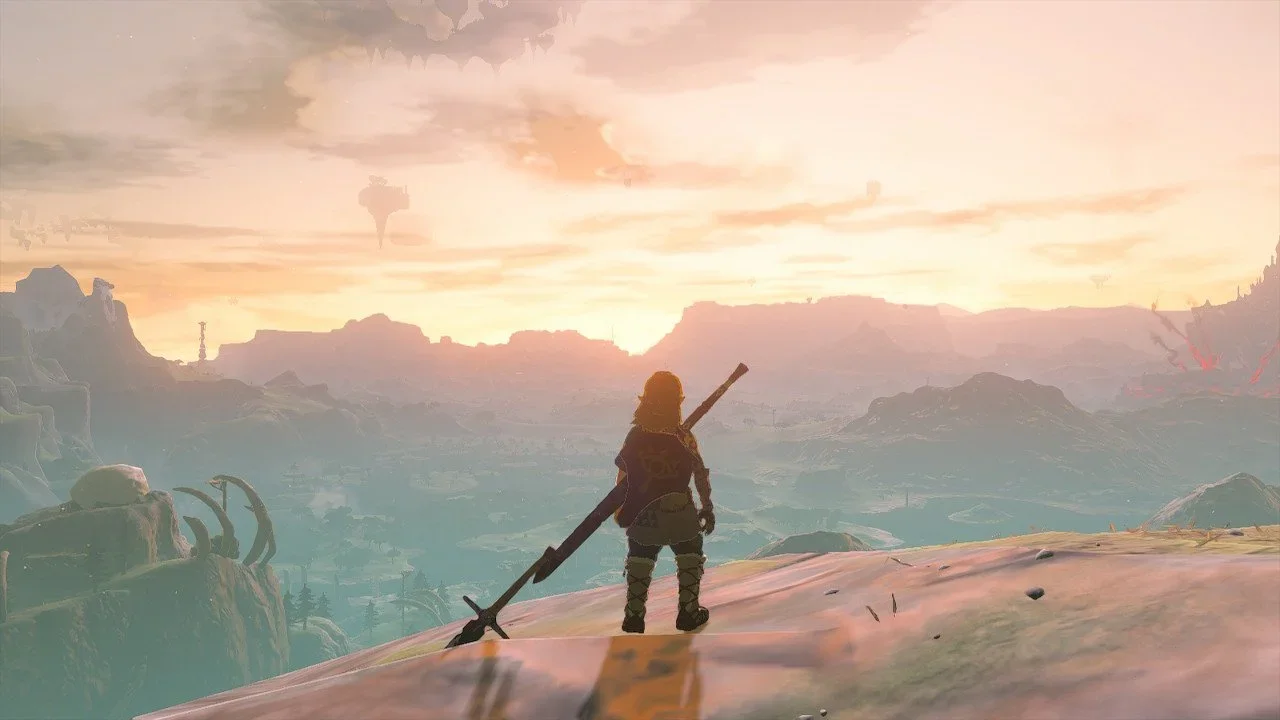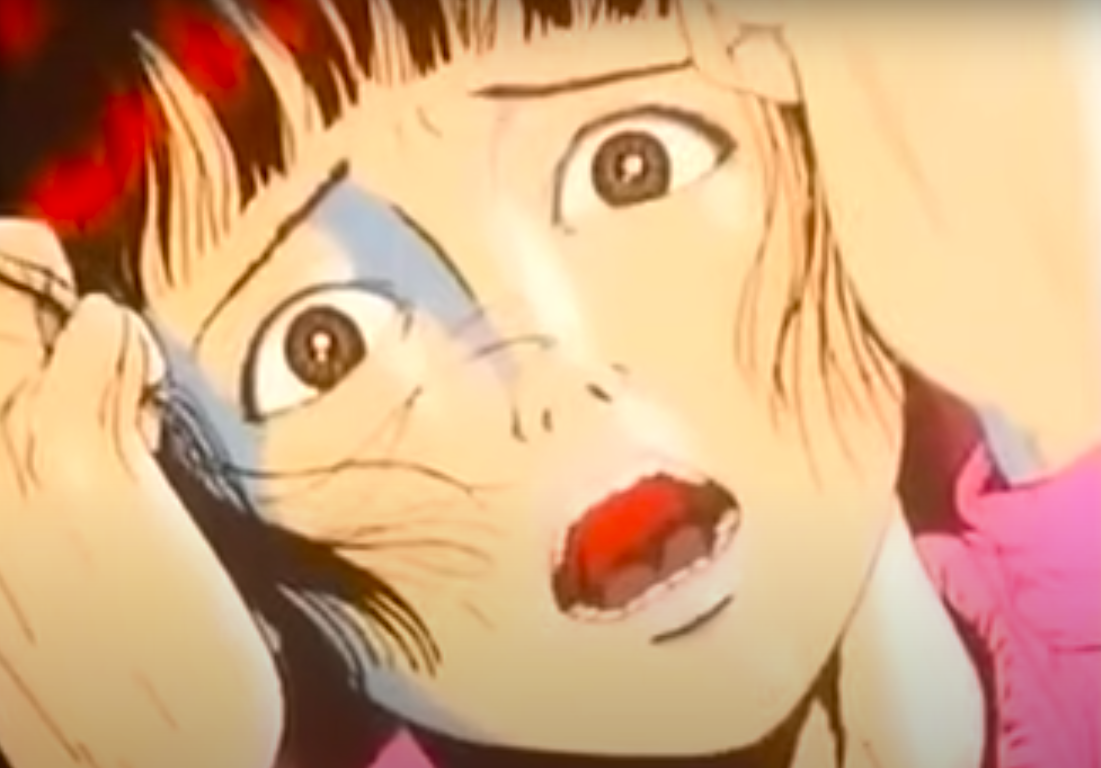Sarkar speaks out about her "Yes lads, we're winning" comment, which she made while presenting statistics on childbirth among different racial groups. She apologises for the remark, explaining it was meant as a flippant and sarcastic joke that she believes has been intentionally twisted by people with bad intentions. The fallout was severe, including death threats and even police involvement due to plausible pipe bomb threats.
She also argues that while some are quick to blame certain groups, like Muslims, for supposedly limiting women's rights, it has actually been the judges in America who rolled back Roe v. Wade, stripping millions of women of their abortion rights whilst emboldening the Christian fundamentalist on the Right.
Sarkar then gives a quick rundown of how the concept of race was created in science and social sciences. It started in the 16th century, and by the 17th and 18th centuries, various scientific and pseudoscientific groups jumped in to explain why things were the way they were. The 19th century saw the rise of Social Darwinism, with phrenology and eugenics gaining traction. These ideas ultimately served to justify terrible things like slavery, colonial rule, segregation, and eventually Nazism.
She also touches on the post-war movement of people from former empires to Western countries and how this immigration changed the face of the West. She specifically brings up Enoch Powell's 'Rivers of Blood' speech and how its influence still lingers in politics and society today.
Finally, Sarkar emphasizes that while race is a social construct, it's often treated as a scientific truth. She believes that it is constantly manipulated and altered to suit what the political right sees as a threat. This leads to what is called 'post-racial' politics—which is still racist, but now with a veneer of respectability. The 'I'm just saying' crowd love this cloak of respectability, especially when riots they helped cause are happening.
Sarkar ends with the stark choice facing societies: multi-racial democracy or the myth of Identitarian Supremacy.
I liked this as it was brief but outlined the main points of race and race theory. I also liked the calling out of Identitarian Supremacy, especially in Modi's India where apparently Love Jihad has been pushed as a concept. Anyone who has been in a relationship or marriage knows that it's hard to keep a relationship going even when you like the person (especially during time like Covid which led to many of my friends divorcing and breaking up with long term partners they did like), let alone for some weird concept like slowly and intentionally diluting the 'pure' race and religion of Hinduism. I mean, that's some commitment!
Planet Landlord - Sarkar plays a thought experiment with privitising air and goes through the processes and then reveals this is what had happened to water in the UK. She says rather than these things happening in isolation, there has been a coordinated plan with systems working together for the benefit of individuals and corporations. It's not pizza paedophile cabal but it's not random events just happening either, it's a middle ground.
Renteer Capitalism is the idea of not really doing much in terms of creation or production but extracting wealth upwards into the hands of the few. Look at Thames Water, a monopoly that is supposed to provide a key utility but is on the verge of collapse... I mean, how?! Easy. Take the money out of the company in terms of dividends and bonuses but don't update infrastructure or improve services- that's asset stripping.
This has happened in Britain across train, bus, gas, electric and other such integral companies and services as well as football clubs. That's why the country is going to the dogs but blaming the 'Other' helps to obfuscate this and the political parties and media are complicit in this.
Sarkar argues that we now live in an age of digital Fiefdoms (run by Techno Feudalists like Amazon, Microsoft, Google etc) with giant corporations having more GDP than most countries.
Epilogue - Sarkar ends with the summer riots that rocked England after the stabbing and killing of young girls was wrongly attributed to a Muslim refugee or asylum seeker. This dehumanisation of those seeking safety and dispersal to poorer areas meant 7 out of 10 most deprived towns witnessed rioting. Those convicted often had the same pattern; were of no fixed abode, were jobless, had had a difficult and often broken family background, and often did not finish their schooling.
The failure of the social safety net is not a pass to be racist or commit crimes but it is emblematic of where we are as a country. However, there were plenty of people who were not in difficult circumstances who used the horrific events to carry out heinous racist acts, like the wife of an MP who said, “Set fire to all the fucking hotels full of the bastards for all I care... if that makes me racist so be it”.
Since then, a profound moral urgency has swept across the world, manifesting in widespread protests against the genocide in Gaza. Sarkar argues that rather than ending on a despairing note, sustained persistence, focused effort, and collaborative action—instead of individual isolation—offer a path to meaningful change. This transformation, however, will be hard-fought, as existing systems of power and authority will deploy all their resources and influence to maintain their positions.
I really enjoyed the book as it brought together a lot of the different opinions and stands I've been collecting over the past several years. Greta Thunberg realised this a while ago too and so she is fighting to break the oppressive capitalist system that has caused a lot of the problems we are seeing including the climate catastrophe.
Last summer, as the riots were going on, I wrote the following on Facebook and I think it still stands:
The 'Condition of England' question, where the Industrial Revolution created massive inequalities in British society that led to a huge wealth disparity, has echoed through time and been perpetuated and maintained through political choices. Most recently, the UN Special Rapporteur on extreme poverty and human rights, Philip Alston stated in 2018 that the years of government led austerity had led to the "systematic immiseration of millions across Great Britain” which damaged the fabric of society and led to an increase in populism. The safety nets that were supposed to protect us were systematically underfunded, asset stripped and sold for spare parts to the private sector, creating a break in the usual fabric of social cohesion.
As a British Pakistani, I was always warned that the lives of peoples of colour was conditional in this country. Growing up, it was easy to see the peaks and troughs of dehumanising language used against whatever bogeyman was decided upon for all the percieved ills of the world, although it was almost always immigrants, asylum seekers or any people of colour.
Many politicians, as well as the right wing and mainstream media, have been complicit in this for decades and now pretend to act surprised that their words and actions have stoked this fire. I hope there are real consequences for those who wish to tear apart our society. In the meantime, protect and support those in need.
LINK: Japan: My Journey to the East
LINK: Please Save My Earth - Cult Manga Review
LINK: Thomas Was Alone Video Game Vinyl Soundtrack Review
LINK: Akira Soundtrack Vinyl Review
LINK: The Power of Stories and How They Are Manipulated
LINK: The Message by Ta-Nahisi Coates - Book Review (and Some Thoughts)
LINK: The Anxious Generation: Book Review (and Some Thoughts)
LINK: Utopia for Realists- Book Review
LINK: Toxic: Women, Fame and the Noughties- Book Review (and Some Thoughts)


































































